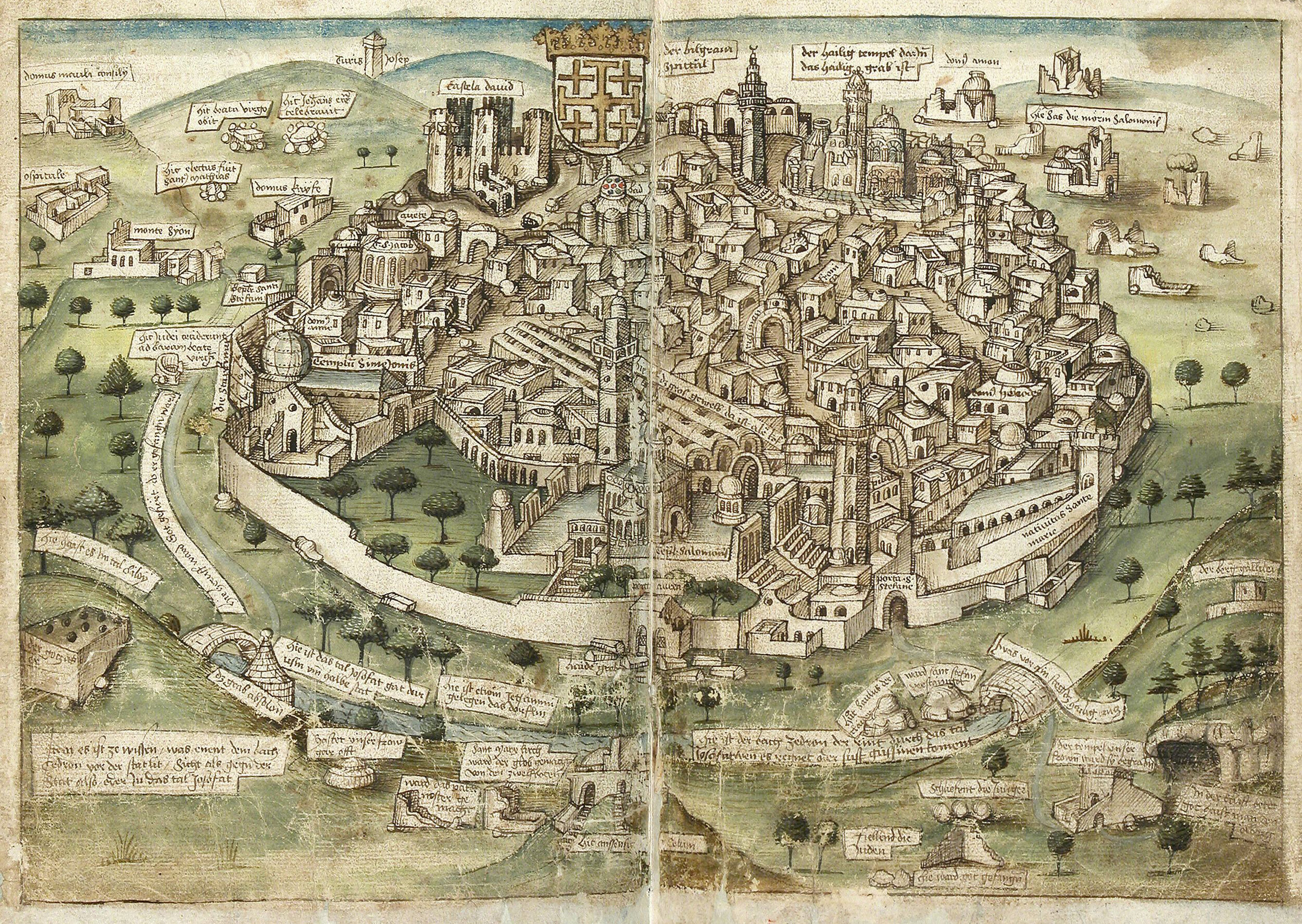Detail from Masaccio’s The Tribute Money in the Brancacci Chapel
The conclusion of the Felice Brancacci story. Our ambassador from Florence deals with the Mamluk sultan in Cairo, with sickness, and with a shortage of funds, and he comes home to commission some memorable art at the Brancacci Chapel.
If you like what you hear and want to chip in to support the podcast, my Patreon is here, my Ko-fi is here, and Paypal is here.
Sources:
Florence's Embassy to the Sultan of Egypt, translated by Mahnaz Yousefzadeh. Palgrave Macmillan, 2018.
Ashtor, Eliyahu. Levant Trade in the Middle Ages. Princeton University Press, 2014.
Behrens-Abouseif, Doris. Practising Diplomacy in the Mamluk Sultanate: Gifts and Material Culture in the Medieval Islamic World. Bloomsbury Publishing, 2014
Goldthwaite, Richard A. The Economy of Renaissance Florence. JHU Press, 2009.
Najemy, John M. A History of Florence, 1200-1575. John Wiley & Sons, 2008.
Shulman, Ken. Anatomy of a Restoration: the Brancacci Chapel. Walker, 1991.










